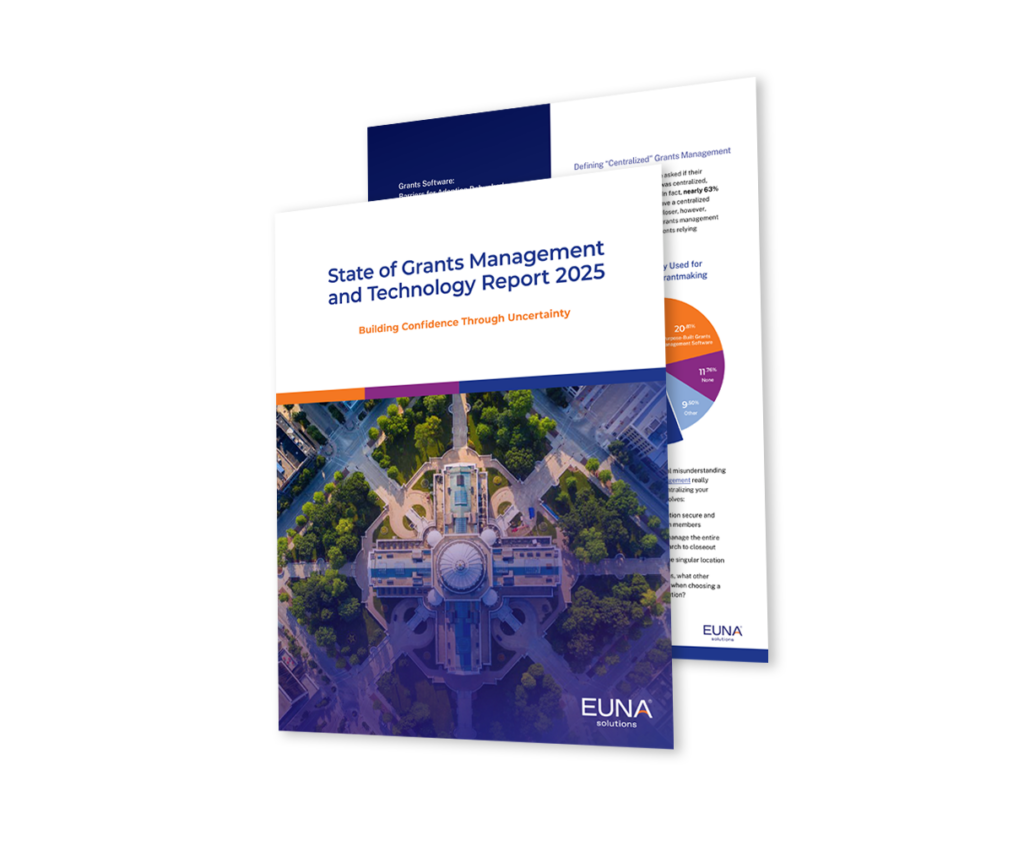As we learn how to better educate our future generations, it’s essential to prioritize success for every student. The last few weeks, we’ve written blog posts discussing Tier 1 and Tier 2 Multi-Tiered System of Support (MTSS) interventions. MTSS provides a range of support for students, whether it be core instruction, targeted support, or intensive intervention.
Today, we’re going to dive into Tier 3—the most intensive step to support student success. This level of intervention is designed for students that need more individualized and often intensive support that reaches beyond general education curriculum.
What are Tier 3 MTSS Interventions?
As we mentioned, Tier 3 MTSS interventions provide the most intensive intervention of support for students. Data gathered during the MTSS process may indicate that a few students require Tier 3 supports to succeed in addition to continuing to receive both Tier 1 (core instruction) and/or Tier 2 (targeted interventions).
Students receive highly focused one-on-one (or very small group) attention. The goal is to address the significant challenges that hinder a student from appropriately progressing.
The Importance of Early Identification
Before you can support students who need Tier 3 intervention, you first need to identify them. Often, districts conduct a data-driven screening process to identify these students, and from that point continue ongoing progress monitoring. Once identified, a more comprehensive data analysis can be used to determine what type of interventions and supports are needed to meet student needs and promote better behavioral and academic outcomes.
Characteristics of Effective Tier 3 Support
- Individualization: At the heart of Tier 3 interventions is individualization. Your team should create tailored plans to address the unique needs of each student based on thorough assessments and data analysis.
- Intensity: Interventions at this level are more intense than at previous tiers. This can involve increased frequency and duration of sessions, specialized instruction, or formal behavior support through a behavior intervention plan.
- Data-Driven Decision Making: Continuous progress monitoring and data collection are crucial in Tier 3. Educators must make informed decisions about the effectiveness of interventions to ensure the placements or services are truly improving student outcomes.
- Collaboration: Successful Tier 3 interventions rely on a collaborative approach involving staff, parents, families, students, leadership, and other stakeholders. Regular communication ensures that everyone involved is working towards the same goals.
Types of Tier 3 Interventions
Tier 3 interventions may include various strategies depending on the student’s specific needs. Some of the most common types of interventions are:
- Academic Interventions: These may involve specialized instruction in reading, mathematics, or writing. For example, a student struggling with math might receive one-on-one tutoring 3 times a week that focuses on specific strategies to improve problem solving.
- Positive Behavioral Interventions: Students facing behavioral challenges may benefit from interventions such as functional behavioral assessments (FBAs) that lead to the development of personalized behavior intervention plans (BIPs).
- Social-Emotional Interventions: For students with significant social or emotional difficulties, interventions like counseling or social skills training can be critical. These interventions focus on developing essential skills for managing emotions, building relationships, and coping with stress.
Measuring Success
Providing services and support for students is great, but without progress monitoring, it’s extremely difficult to figure out if interventions are working.
It may sound obvious, but regularly assessing students (whether it be for academic or behavior needs) helps educators determine if adjustments need to be made to the plan and guides the selection of appropriate research-based strategies that target the identified needs.
An effective progress monitoring process includes setting specific, measurable, attainable, relevant and timely (SMART) goals. It also includes using tools to conduct assessments and record data points—plus progress monitoring tools like Euna Special Education provide easy reporting so that your team can get the most value out of your data.
Promote Better Student Outcomes with Euna Special Education
While Tier 3 interventions are essential for addressing significant student needs, they come with their own set of challenges. These can include resource limitations, the need for staff with specialized knowledge and skills, and the time required for intensive interventions. Schools must balance these challenges with the imperative to provide individualized support that ensures every student is provided with the opportunity to meet grade level expectations and to succeed behaviorally and socially as well as academically
To maximize your resources and ensure your students receive the best individualized support, consider implementing a software solution to offload the administrative side of education while creating a centralized location for data and collaboration. Euna Special Education lets you set aside the hours of paperwork—all while increasing your visibility—so that you can focus on best supporting students.
Request a demo today to learn more.

